Every musician, every hobbyists should know a few basic chords on a piano. Here is a super easy way to learn the four traditional triads: Major, Minor, Diminished, and Augmented. And, the inversions.
Every musician, every hobbyists should know a few basic chrods on a piano. Here is a super easy way to learn the four traditional triads: Major, Minor, Diminished, and Augmented. And, the inversions.
Available for Premium Site Access Plans Only
Starting in 2023, simple piano chords where added to a lot of the Learn a Chord a Day series.
The Traditional Triads
, the three note chords are:
Major ,
Minor ,
Diminished , and
Augmented chords that form the foundation for contemporary music. These foundation chords can be created using a Step
formula that allows you to create these chords with only knowing the Root or letter name of the chord you want to create.

The Traditional 88 Key Piano Layout
The first step that we need is to learn the names of the keys on the piano. Luckily, the piano keyboard is a lot easier than any other instrument.
For English-speaking musicians, music only uses the first seven letters of the alphabet to name the white
keys: A, B, C, D, E, F, and G and the pattern simply starts over with A.
Several countries, such as France Italy, Spain, Latin American countries and others use Fixed-Do, Solfege.

For Germany and some other Scandinavian countries use B for Bb, and H for B. The theory is they wanted to be able to spell B-A-C-H in music.

- (wikiwand); Musical Note — as usual WikipediA will give you more information than you'll ever need to know.
- (wikiwand); Key Signature Names and Translations .
- Names in English, French, German, Italian, Spanish from Yale University Library
- The Dutch use a combination of French and German names without the H for B. B is B in Dutch.
On an 88 key standard piano keyboard the lowest note is A with the white keys ascending sequentially up, to the right: A, B, C, D, E, F, G, A, B, C, D, E, F, G, A… And continuing up until you run out of piano.
People often use the term It's Black and White.
to refer to its simple and right in front of you, as written on a page — the truth. For piano, it truly is Black and White
, as the keys are black and white. And, provide a great visual clue.
In music from one letter to the next same letter is an octave for eight notes. However, in music there are 12 notes within one octave. These are the black keys between Some
of the white keys that make up the 12 notes.
Ascending these 12 notes can be called A, A♯ B C, C♯, D♯, E, F, F♯, G, G♯, (A...), and the pattern then repeats ascending musically to the right. This combination is the ascending Chromatic Scale .
Descending these 12 notes can be called A B♭ B C D♭ E♭ E F G♭ G A♭ A and the pattern then repeats ascending musically to the right. This combination is the descending version of the Chromatic Scale .
Each key can have more than one name, called an Enharmonic Equivalent . This all depends on how it's being used melodically or harmonically — it's musical all context.
Note: All this Music Theory
is actually not necessary for creating the four basic triads of this lesson. It's just good to know, especially if you want to have a chance of naming the other notes in the chords we're about to create. You might even get the names right — but that's a subject for another lesson.
To create a Major triad:
- Find the note that is the letter name of the chord? This is the capital letter that is part of the chord name and Chord Symbols of the chord.
- Count up Four black and white keys (not including the one you are currently on). This is the second note of the chord.
- Then count up Three black and white keys (not including the one you are currently on). This is the third and last note of the chord.

Major Triad Step Formula: 4 and 3, C or C Major is C E G
A Major chord is the most common chord we typically play and the default is the chord type is not required to say are written. A C major chord is C
or C major
.

An Inversion is simply the arrangement of the notes relative to the Root or Letter name of the chord.
With a triad having three different notes you can have three inversion with in one octave: the Root Inversion, 1st Inversion, and 2nd Inversions. There are all the music terms for these chords and shown here for reference.
The create the First Inversion, raise the lowest note of a Root Inversion chord one octave.

1st Inversion C or C Major is E G C
The create the Second Inversion, raise the lowest note of a First Inversion chord one octave.

2nd Inversion C or C Major is G C E

If you continue this process again you back to a Root Inversion one octave higher.
To create a Minor triad:
- Find the note that is the letter name of the chord? This is the capital letter that is part of the chord name and chord symbols of the chord.
- Count up Three black and white keys (not including the one you are currently on). This is the second note of the chord.
- Then count up Four black and white keys (not including the one you are currently on). This is the third and last note of the chord.
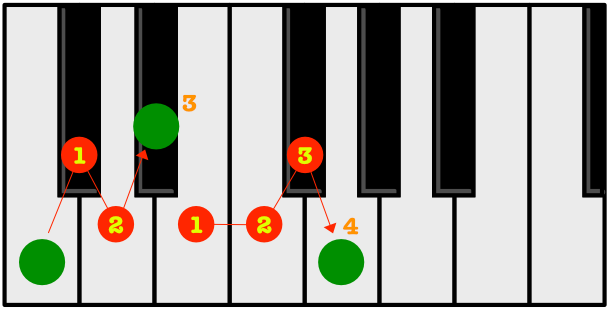
Minor Triad Step Formula: 3 and 4, Cm or C Minor is C Eb G
A Minor chord is the second most common chord we typically play and the default is to right a lowercase "m" or "min". A C, minor chord is C
or Cm
or Cmin
.

An Inversion is simply the arrangement of the notes relative to the Root or Letter name of the chord.
For the 1st and 2nd Inversion simple repeat the process that we did with the Major triad and raise the lowest note in the chord one octave.
To create a Diminished triad:
- Find the note that is the letter name of the chord? This is the capital letter that is part of the chord name and chord symbols of the chord.
- Count up Three black and white keys (not including the one you are currently on). This is the second note of the chord.
- Then count up Three black and white keys (not including the one you are currently on). This is the third and last note of the chord.
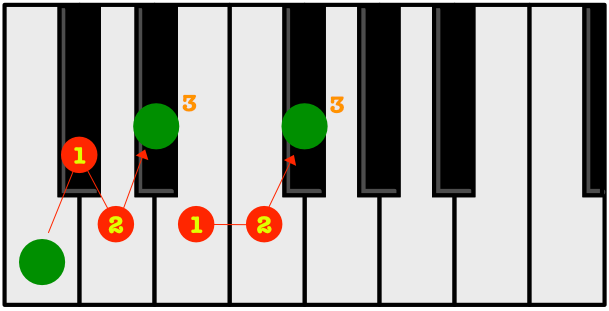
C° or Cdim is C Eb Gb
Diminished Triad Step Formula: 3 and 3

To create a Augmented triad:
- Find the note that is the letter name of the chord? This is the capital letter that is part of the chord name and chord symbols of the chord.
- Count up Four black and white keys (not including the one you are currently on). This is the second note of the chord.
- Then count up Four black and white keys (not including the one you are currently on). This is the third and last note of the chord.
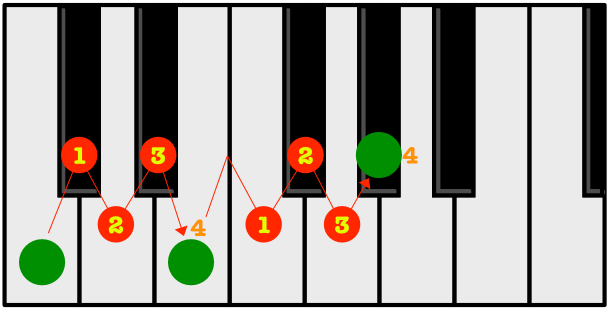
Caug or C+ is C E G#
Augmented Triad Step Formula: 4 and 4

The fingering of these four tradition triad, the root inversion and the first and second inversions is show above. Finger is a topic for another lesson.
That is all the is to creating the basic four triads that form the foundation for all else. The hard part is getting your fingers to follow you new knowledge.
Related Lessons, Videos, Lesson Series, Songs, Books & Reference Charts, Resources & Assets, Workshops are below.
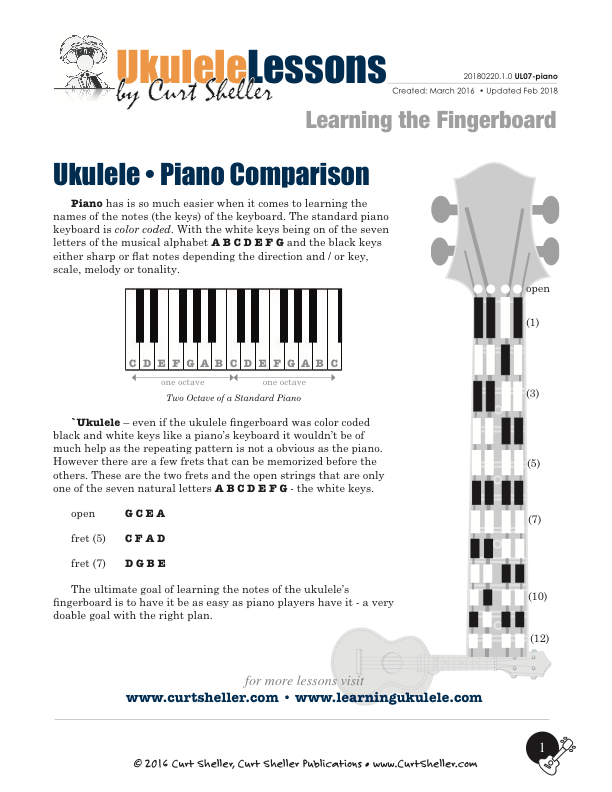
Piano has is so much easier when it comes to learning the names of the notes (the keys) of the keyboard. The standard piano keyboard is color coded. With the white keys being one of the seven letters of the musical alphabet "A B C D E F G" and the black keys either sharp or flat notes depending the direction and / or key, scale, melody or tonality.
Piano Chords - Traditional Triads for Non Piano Players.

Finally, learn the names of the notes of the ukulele fingerboard in C tuning .

Learn the six fingering principles to navigating the ukulele fingerboard. Fingering is one of the most universal topics. Book: Six Secrets of the Ukulele Fingering

Harmonic Analysis is the understanding of the functional sequence of chords. It is the process used to analyze the harmonic structure of a progression, song or composition. Book: Harmonic Analysis for Scale Selection and Chord Substitution

Learn to read single note melodies in the first/open position is a lot easier than you might think. Book: Ukulele – Reading Music Series – Primer

An organized collection of daily practice and reference material for the contemporary ukulele player for developing the vocabulary and knowledge necessary for single note playing. Book: Daily Practice Material for the Contemporary Ukulele
Checkout the Books & Reference Charts for additional Handy, Dandy Reference Charts.

Ukulele Fingerboard Chart for C Tuning, Low or High G – G C E A

Ukulele Fingerboard Chart for G Tuning, Low or High A – D G B E

A handy reference chart of all 15 major and relative minor key signatures. US Letter 8.5 x 11 sized (ANSI-A), A4
Checkout the Books & Reference Charts for additional Handy, Dandy Reference Charts.



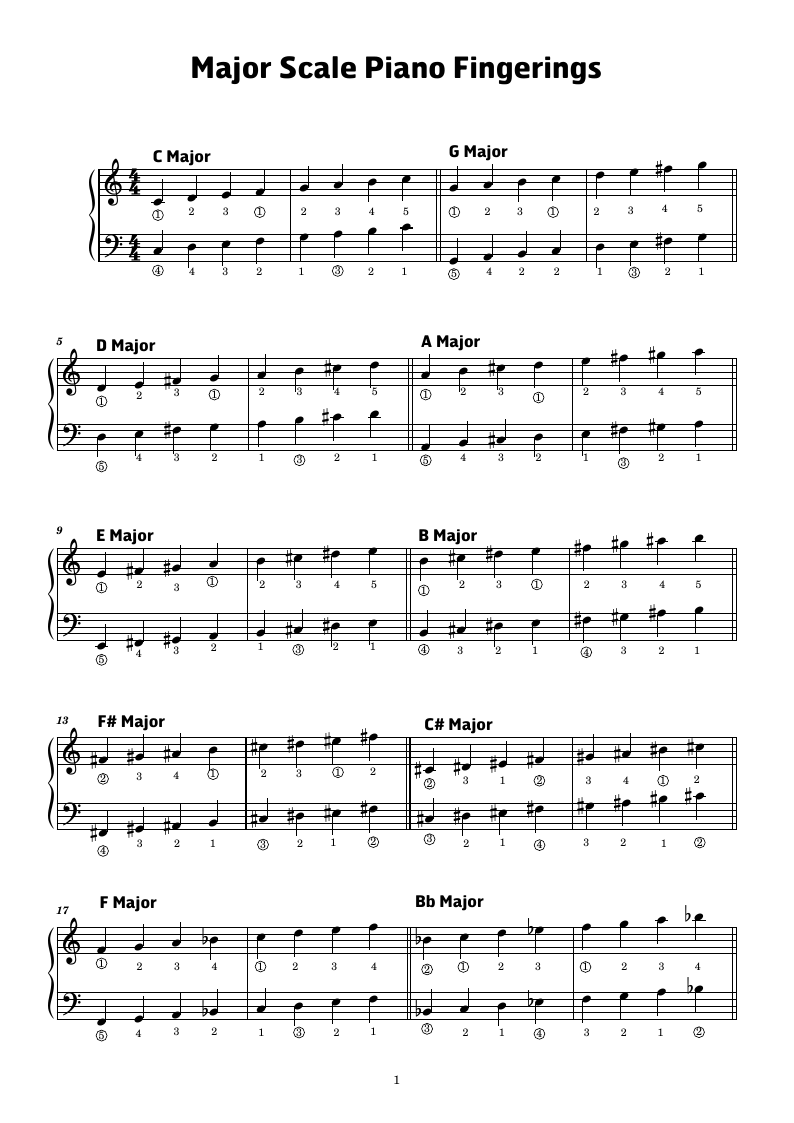


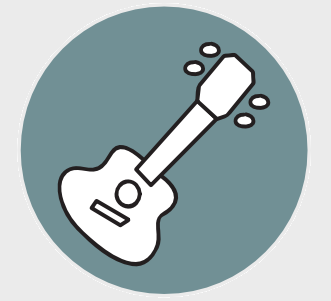
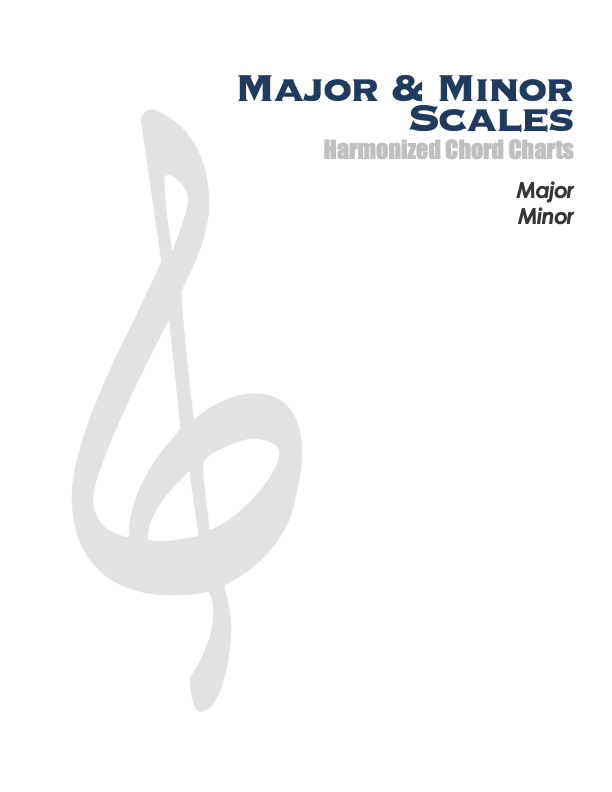

.jpg)